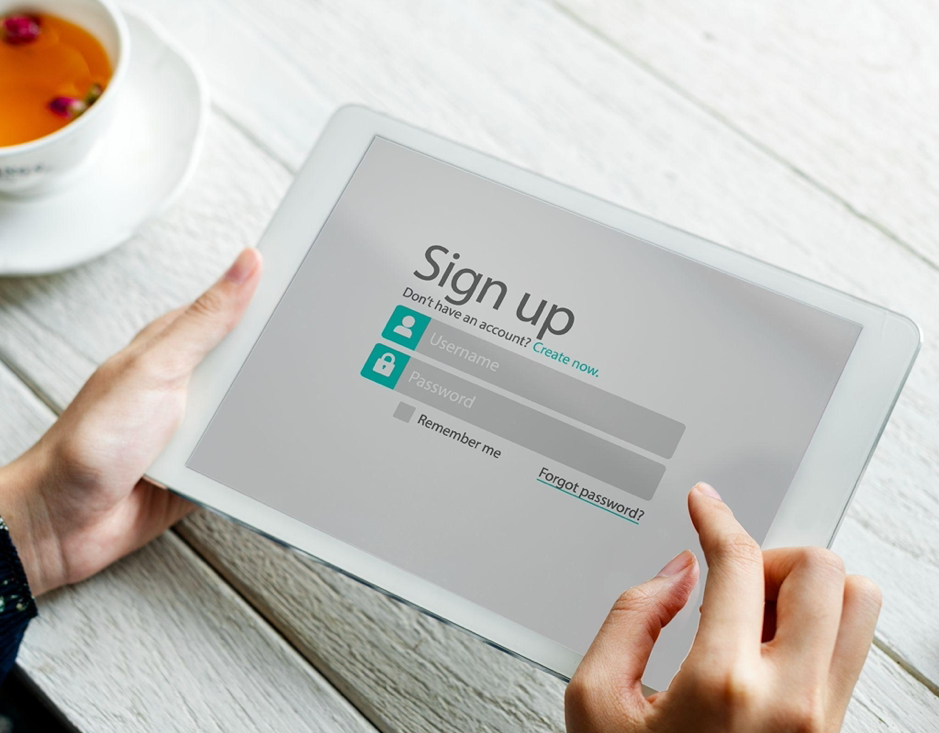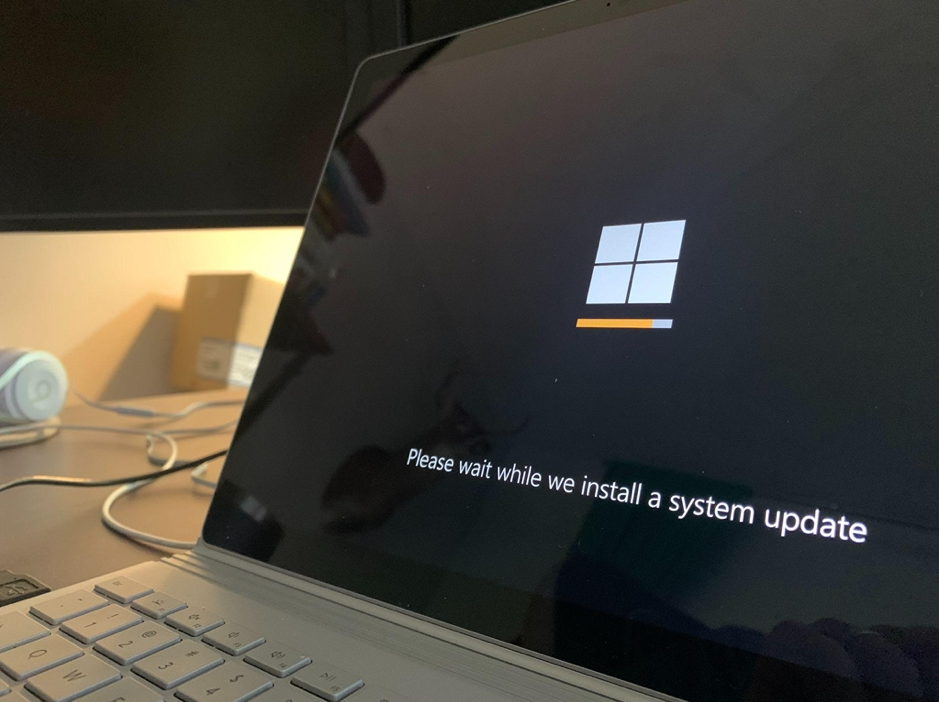Contents
In today’s digital age, where more and more data is being stored online daily, the security of user accounts has become more critical than ever. With the rise in cybercrime, unauthorized access poses a significant threat to individuals, businesses and organizations, as it can lead to data breaches, identity theft, and financial loss. To protect themselves and fight against unauthorized access, businesses and organizations must utilize robust security strategies and implement proactive measures.

How can you protect user accounts?
Cybercriminals are constantly developing new sophisticated ways of infiltrating users’ accounts and exploiting their confidential information. For example, they might try to conduct a credential stuffing attack and use stolen credentials to log in to another website or application, causing a ripple effect of damages. In December of 2022, 35,000 PayPal accounts were victims of credential stuffing; hackers managed to access their accounts by using compromised login information that people reused for their PayPal accounts. The attack could’ve been prevented if both PayPal and the affected individuals had taken the proper safety measures. To ensure this doesn’t happen to your business, implement the strategies listed below and prevent unauthorized access to your users’ accounts.
1. Implement a multi-layered security approach
Implementing a multi-layered security approach maximizes your chances of protecting user accounts as you are not relying solely on a single defense mechanism.
Critical components of this security approach include:
Regular security audits.
This step is essential for identifying vulnerabilities or weaknesses in user account systems and ensuring compliance with industry best practices and standards. By reviewing security protocols, organizations can discover and address any security gaps, strengthening their defenses against unauthorized access.
Firewall and antivirus programs.
They monitor and control incoming and outgoing network traffic preventing unauthorized access and blocking malicious connections. They are instrumental tools in the fight against malware, viruses, and hackers.
Robust cybersecurity solutions.
While a good start, firewalls and antivirus programs are not enough to protect from more sophisticated attacks. By using cybersecurity tools such as device fingerprinting or IP lookup tools, you can protect users’ accounts from account takeovers, payment fraud and similar threats. These tools utilize artificial intelligence and machine learning to identify and stop suspicious activities before they can do any damage.
Encryption.
Encryption is key to protecting user accounts and their confidential data. It ensures that any data transmitted between users and online services is converted in a way that makes it useless to anyone other than authorized users.
Multi-factor authentication.
This allows you to add an extra layer of security to user accounts. It requires users to provide at least one additional verification method, such as a passcode sent to their phone or fingerprint, to access their account. This means that even if the attacker manages to get the login details, they will still be unable to access the account. MFA can block over 99.9% of account compromise attacks.
2. Regular security updates
To protect user accounts from unauthorized access, you need to ensure all devices, applications, and operating systems are up to date. While cybercriminals try to find vulnerabilities they can exploit or create new types of attacks; developers constantly release security updates to protect against emerging threats and patches that fix those issues before they can be exploited. By regularly checking for security updates or even enabling automatic updates, you can ensure users’ accounts are protected against the latest threats and hackers trying to exploit unknown vulnerabilities.

3. Limiting privileges and access control
A report shows that 74% of breaches include the human element, from error and privilege misuse to social engineering or the use of stolen credentials. This can be prevented by implementing proper access controls and limiting privileges. This means that the hacker will have limited access to sensitive data or critical resources even if the account is hacked.
4. Educate
Educating all users about the dangers they might encounter and how to identify and fight against them raises their cyber awareness and reduces the chances they will fall victim to the attack. For example, phishing attacks especially pose a danger to users as they are aimed towards unsuspecting and trusting victims; by educating them on recognizing the signs of phishing attacks, they can identify and prevent such threats.
5. Good password hygiene
Consider a password like a door to an account. The complex ones that use uppercase and lowercase letters, numbers, and special characters are like doors with multiple locks, while the weak and reused passwords are like a door barely hanging on the hinges. What doors would you want burglars to face when trying to break in?
Implementing a security policy that requires complex passwords and encourages good password hygiene will help your users significantly enhance their account security. This can even protect their other accounts; as we have seen previously in a Paypal data breach, reused passwords can put all other accounts that use that same password in danger.
6. Regular Backup
Regular data backups are crucial for recovery and mitigating the damage of the data breach and account compromise. If the worst happens, this will ensure that critical information can quickly be restored, minimizing the impact on business continuity. It would be best to store backups in a separate location, such as external drives and cloud storage, to prevent them from being compromised along with the original data.
Conclusion
As the threat of unauthorized access continues to loom, it is imperative to implement effective proactive strategies to defend user accounts. By following the methods outlined in this article, businesses and organizations can significantly enhance the security of their user accounts. From using strong passwords and enabling two-factor authentication to staying updated with security patches and educating users about threats, each strategy plays a crucial role in ensuring the safety of user accounts in today’s interconnected world.

